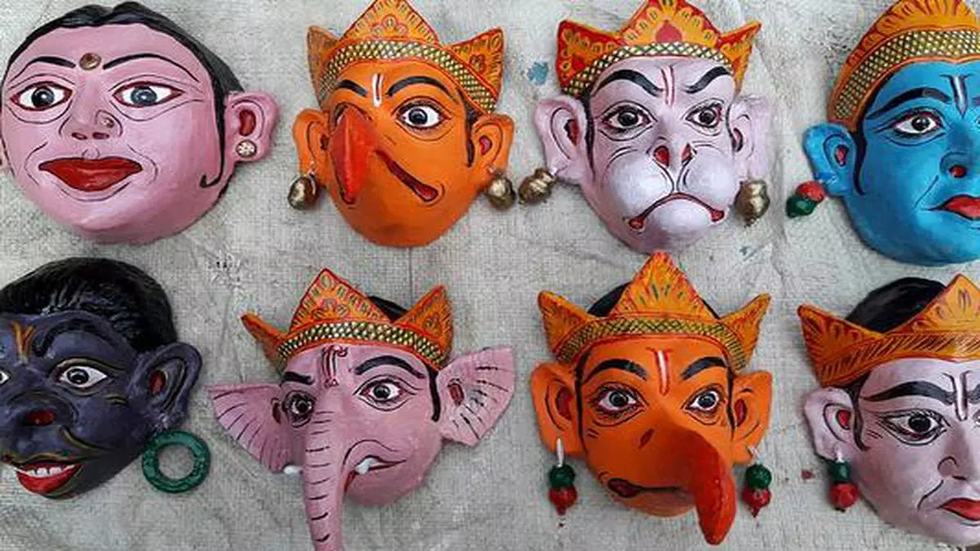About Majuli masks:
- These are handmade masks traditionally used to depict characters in bhaonas, or theatrical performances with devotional messages under the neo-Vaishnavite tradition, introduced by the 15th-16th century reformer saint Srimanta Sankardeva.
- Srimanta Sankardeva established this art of masks through a play called Chinha Jatra.
- The masks can depict gods, goddesses, demons, animals and birds — Ravana, Garuda, Narasimha, Hanuman, Varaha Surpanakha all feature among the masks.
- They can range in size from those covering just the face (mukh mukha), to those covering the whole head and body of the performer (cho mukha).
- Material used: The masks are made of bamboo, clay, dung, cloth, cotton, wood and other materials available in the riverine surroundings of their makers
- Traditional practitioners are working to take the art out of their traditional place in sattras, or monasteries, and give them a new, contemporary life.
- Sattras are monastic institutions established by Srimanta Sankardev and his disciples as centres of religious, social and cultural reform.
Key facts about Majuli manuscript painting
- It is a form of painting — also originating in the 16th century — done on sanchi pat, or manuscripts made of the bark of the sanchi or agar tree, using homemade ink.
- The earliest example of an illustrated manuscript is said to be a rendering of the Adya Dasama of the Bhagwat Purana in Assamese by Srimanta Sankardev.
- This art was patronised by the Ahom kings. It continues to be practised in every sattra in Majuli.
